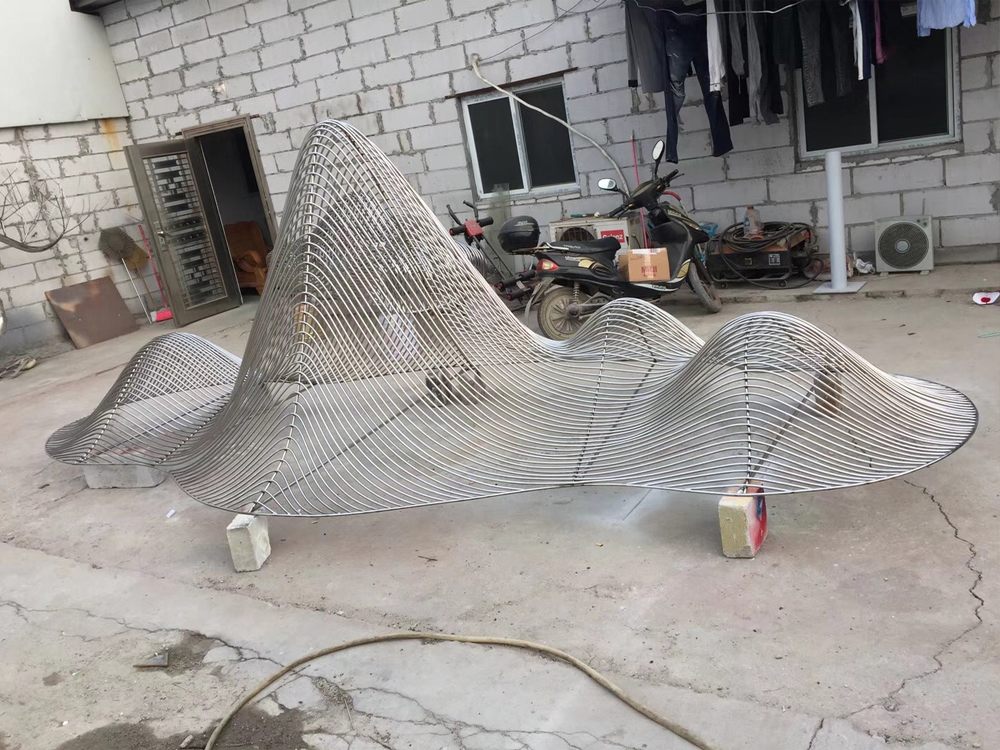
Artists today are pushing the boundaries of porcelain sculpture by embracing modular construction techniques to create breathtaking large-scale installations. This innovative approach allows them to break down complex designs into smaller, manageable units, which are then assembled into cohesive, monumental works.
Modular construction offers several advantages for porcelain artists. First, it mitigates the risks of working with fragile ceramic materials by enabling the creation of smaller, more durable components. These pieces can be fired individually, reducing the likelihood of cracks or warping during the kiln process. Second, this method provides flexibility in design, allowing artists to experiment with different configurations before final assembly.
Contemporary ceramicists often combine traditional porcelain techniques with modern engineering principles. They may use 3D modeling software to plan their modular designs, ensuring precise fits between components. Some artists incorporate interlocking systems or hidden supports to create the illusion of gravity-defying forms.
The modular approach also facilitates transportation and installation of large works. Artists can ship components separately and assemble them on-site, making it possible to exhibit in diverse locations. This method has revolutionized porcelain sculpture, enabling artists to create immersive, room-sized installations that were previously unimaginable with traditional ceramic techniques.
By blending craftsmanship with innovative construction methods, today's porcelain artists are redefining what's possible in ceramic art, creating works that astonish viewers with their scale, complexity, and delicate beauty.

